| Price Per Person || Select By Date to 30-09-2025 |
| No of Person | Standard Hotel | Superior Hotel | First Class Hotel | Deluxe Hotel |
| Minimum 2 Adults in Seat in Coach Basis | 191000 | 202000 | 219000 | 232000 |
This Price Valid From 01-11-2024 To 30-09-2025
- 5 % GST on total Billing Amount
| No of Person | Economy |
This Price Valid From 01-01-1970 To 01-01-1970
| Hotel Details | |||||
| City Name | Standard Hotel | Superior Hotel | First Class Hotel | Deluxe Hotel | |
| Christchurch | Ashley Hotel Christchurch / Heartland Hotel Cotswold Web | Trip Advisor |
Chateau on the Park - Christchurch, a DoubleTree by Hilton / Web | Trip Advisor |
Novotel Christchurch Cathedral Square / Rydges Latimer Christchurch Hotel Web | Trip Advisor |
Crowne Plaza Christchurch Hotel Web | Trip Advisor |
|
| Dunedin | The Victoria Hotel Dunedin Web | Trip Advisor |
Scenic Hotel Dunedin City Web | Trip Advisor |
Scenic Hotel Southern Cross Web | Trip Advisor |
Scenic Hotel Southern Cross Web | Trip Advisor |
|
| Glacier Region | Heartland Hotel Fox Glacier Web | Trip Advisor |
Scenic Hotel Franz Josef Glacier Web | Trip Advisor |
Distinction Fox Glacier Te Weheka Hotel Web | Trip Advisor |
Distinction Fox Glacier Te Weheka Hotel Web | Trip Advisor |
|
| Queenstown | Heartland Hotel Queenstown / Holiday Inn Queenstown Web | Trip Advisor |
Aspen Hotel Queenstown / Copthorne Hotel and Resort Queenstown Lakefront Web | Trip Advisor |
Novotel Queenstown Lakeside Hotel / Millennium Hotel Queenstown Web | Trip Advisor |
Sofitel Queenstown Hotel and Spa Web | Trip Advisor |
|
Cost Includes
- Hotel Accommodation with Bed & Buffet Breakfast
- Dunedin city tour (seat in coach only)
- Milford Sound cruise with lunch
- Glacier Hot Pools (self drive only)
- Tranz Alpine Train (seat in coach only)
- Transfer from Christchurch Airport to Hotel in Seat in Coach Basis ( Shared Choach)
- Transfer from Hotel to Christchurch Airport in Seat in Coach Basis ( Shared Choach)
Cost Excludes
- Any kind of Transportation, Optional Sightseeing or Vehicle Services other than specified in Inclusions
- Any Airfare, Train Fare or Bus Ticket other than specified in Inclusions
- Tourist Visa
- Travel Insurance (It is recommended to get the Travel Insurance done)
- Extra meals other than mentioned above, Professional Guide Charges & Sightseeing Entrance Fees not included in Inclusions
- Any Expense of Personal Nature : Tips to Driver, Laundry, Telephone calls, Mini Bar etc
- Anything that is not mentioned in Cost Includes column
Passport Information
- Passport should be valid for 06 months from the date of travel
Tourist VISA Requirement
- Passport: Original Passport with validity of minimum six months and minimum two blank page for visa stamp.
a) Copy of visas being traveled previously.
b) Copy of first and last page of the passport.
c) Attach all your old passports (if any)
- Note: Handwritten passports will not be accepted.
- New Zealand Visa Application Form : One visa application form duly filled and signed.
- Following form also need to be duly filled, signed and submitted along with the application
a) Supplementary family form
b) Form 1189 (If Applicant is travelling less than six months and trip is self/company sponsored)
c) Form 1025 (If Sponsored by New Zealand citizen)
- Photo Specification: Two recent passport size photographs with matt or semi matt finish, 60%-80% face coverage, white background and without border (Size: 35mm x 45mm)
- Please note: Photograph should not be more than 3 months old,scanned/stapled and should not be used in any of the previous visas
- Covering Letter : Covering-Letter from applicant on business letter head mentioning name, designation,passport number, purpose and duration of visit in brief. The letter should be duly signed by authorized signatory with company stamp and addressed to – The Visa Officer,Immigration New Zealand, New Delhi.
- Please Note : Covering-Letter on Letterhead if applicant is Self Employed or on plain paper if Employed .
- If Visiting Family/Relative:
- Original Sponsoring Form, completed by your sponsor in New Zealand, along with evidence your sponsor has supplied of their ability to support you while you are in New Zealand.
- If Visiting for Honeymoon: Following documents has to be submitted along with the visa application.
a) NOC letter from parents.
b) Original wedding card.
c) Original engagement photos (5-10 in number).
- Financials
- If Employed
a) Personal ITR for last 3yrs
b) Three months salary slip
c) Personal Bank Statement for last six months mentioning the Bank’s name, Bank’s Telephone Number clearly
d) Credit Card copy/Foreign Exchange endorsement/Traveler’s Cheque
e) Original NOC from company
- If Self Employed
a) Personal & Company ITR for last 3yrs
b) Personal & Company Bank Statement for last six months mentioning the Bank’s name, Bank’s Telephone Number clearly
c) Credit Card copy/Foreign Exchange endorsement/Traveler’s Cheque
Proof of Occupation :For First Time Traveler (Following documents apart from the above mentioned documents need to be submitted along with the application)
- If Self Employed
a) Company Registration Certificate / Certificate of Incorporation
b) Brief Company Profile
c) Articles of Memorandum (In case the applicant is MD/Director)
d) Proof of Proprietorship / Partnership (In case applicant is Proprietor / Partner in a firm)
e) Import / Export License (if applicable)
- If Employed
a) Copy of Academic certificates
b) Copy of Appointment Letter which should contain the date of Joining, Designation and the Salary drawn.
c) Previous working history
- Student
a) Leave Sanction Letter, School ID Card and NOC from school mentioning the dates of trip
If you are under 18, you must also submit
a) If you are travelling alone - A consent letter signed by both parents in support of the visit.
- For Individuals travelling alone
a) A Consent letter in support of visit from spouse.
- Hotel booking: Hotel Confirmation, Tour itinerary and Tour Confirmation
- Airline Reservation : Ticket Itinerary
- New Zealand immigration website. The letter should be addressed to the Embassy.
- Note: All documents are required to be notarized or certified photocopies. These documents include Bank statement, birth or marriage certificates, education certificates etc.
- Checklist: Newzealand Tourist Checklist to be duly filled and signed by the applicant and has to be attached with the application form.
- Please Note: UIPL is only assisting you with the filing of application with TT Services and we are not interfering in any of the Immigration requirements or applying immigration instructions or law to a particular person or situation. We are only assisting in filing of your application as per requirements available on Immigration New Zealand Website. As an applicant, you need to take your own decision with regards to a particular Visa Category based on your purpose of travel. We suggest you to approach a Licensed Immigration Advisor in this regards.
- All immigration advisers must be licensed with the Immigration Advisers Authority (IAA) unless they are exempt and New Zealand Immigration may refuse to process your application if you have received advice from an unlicensed immigration adviser.
- To get more information on licensed advisers and exemptions, kindly log on to www.iaa.govt.nz.
- Please Note – Once the visa application is processed, New Zealand immigration may send the visa decision letter / visa copy to applicant’s email id or to the email id of the agent. Hence, you are requested to check accordingly.
- Visa Fee - Rs 10502/- Per Person
- Nomads Service Fee- 2500+ 18%= Rs 2950 Per Person
1
Day 1 : Christchurch
On arrival, seat in coach guests will be met and privately transferred to hotel. Self drive guests will collect a rental car and drive to the hotel.
Overnightstay in Christchruch.
2
Day 2 : Christchurch - Dunedin
Travel south across the Canterbury Plains to reach Scottish influenced Dunedin, renowned for the local wildlife and Otago University. (Breakfast)
Overnightstay in Dunedin.
Christchurch - Dunedin: 361km (approx. 4hrs,40mins)
3
Day 3 : Dunedin - Queenstown
Enjoy a sightseeing tour of Dunedin city this morning (seat in coach guests only). Travel to Queenstown this afternoon. (Breakfast)
Dunedin - Queenstown: 278km (approx. 3hrs,40mins)
Overnightstay in Queenstown.
4
Day 4 : Milford Sound
Follow the southern arm of Lake Wakatipu to Lumsden, and onward to Lake Te Anau. Enter the Eglinton Valley and travel through the breath taking man made Homer Tunnel to reach Milford Sound. Enjoy a cruise on this world famous fiord, dominated by Mitre Peak and the cascading Bowen Falls. Return to Queenstown. ( Breakfast, Lunch )
Overnightstay in Queenstown.
Queenstown - Milford: 298km (approx. 3hrs,50mins) each way
5
Day 5 : Queenstown
A free day to explore the endless optional attractions available. Queenstown offers bungy jumping, jet boating, white water rafting, gondola rides and much more. Take a lake cruise on a vintage steamship, the TSS Earnslaw, for a Gourmet Barbeque Lunch or Dinner at Walter Peak High Country Farm. Optional activities not included in the tour price. ( Breakfast )
Overnightstay in Queenstown.
6
Day 6 : Glacier Region - Christchurch
Travel north to Greymouth today and board the Tranz Alpine train (seat in coach guests only). Ascend through lush beech forests past the alpine village of Arthur’s Pass before crossing the spectacular Southern Alps. Travel over the Canterbury Plains to reach ‘the garden city’ of Christchurch. ( Breakfast )
Overnightstay in Christchruch.
Fox Glacier - Greymouth: 196km (approx. 2hrs,40mins). Franz Josef - Greymouth: 173km (approx. 2hrs,15mins) Greymouth - Christchurch: 241km (approx. 3hrs,30mins)
8
Day 8 : Depature Day
Your arrangements conclude today with a departure transfer or the return of your rental car. We trust you enjoyed your Vacation!
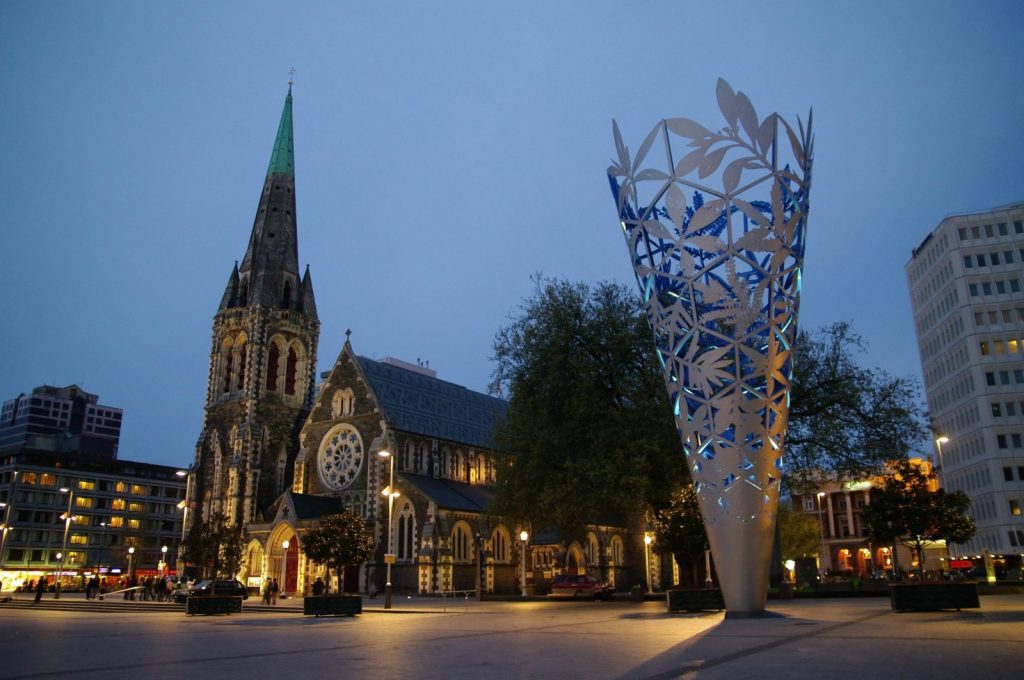
Christchurch

Dunedin
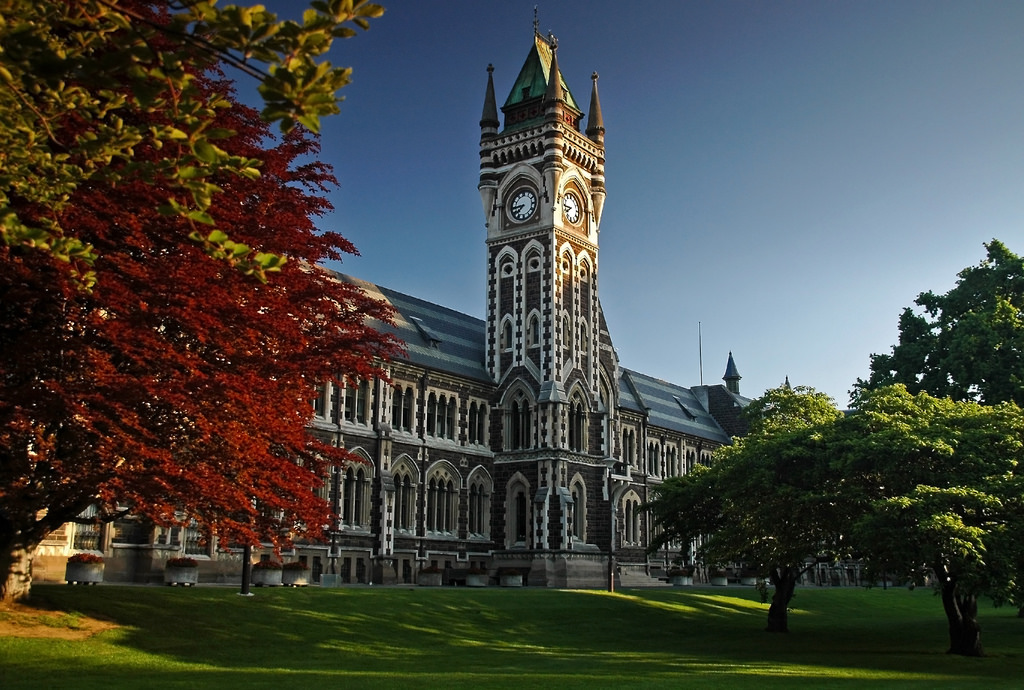
Otago University
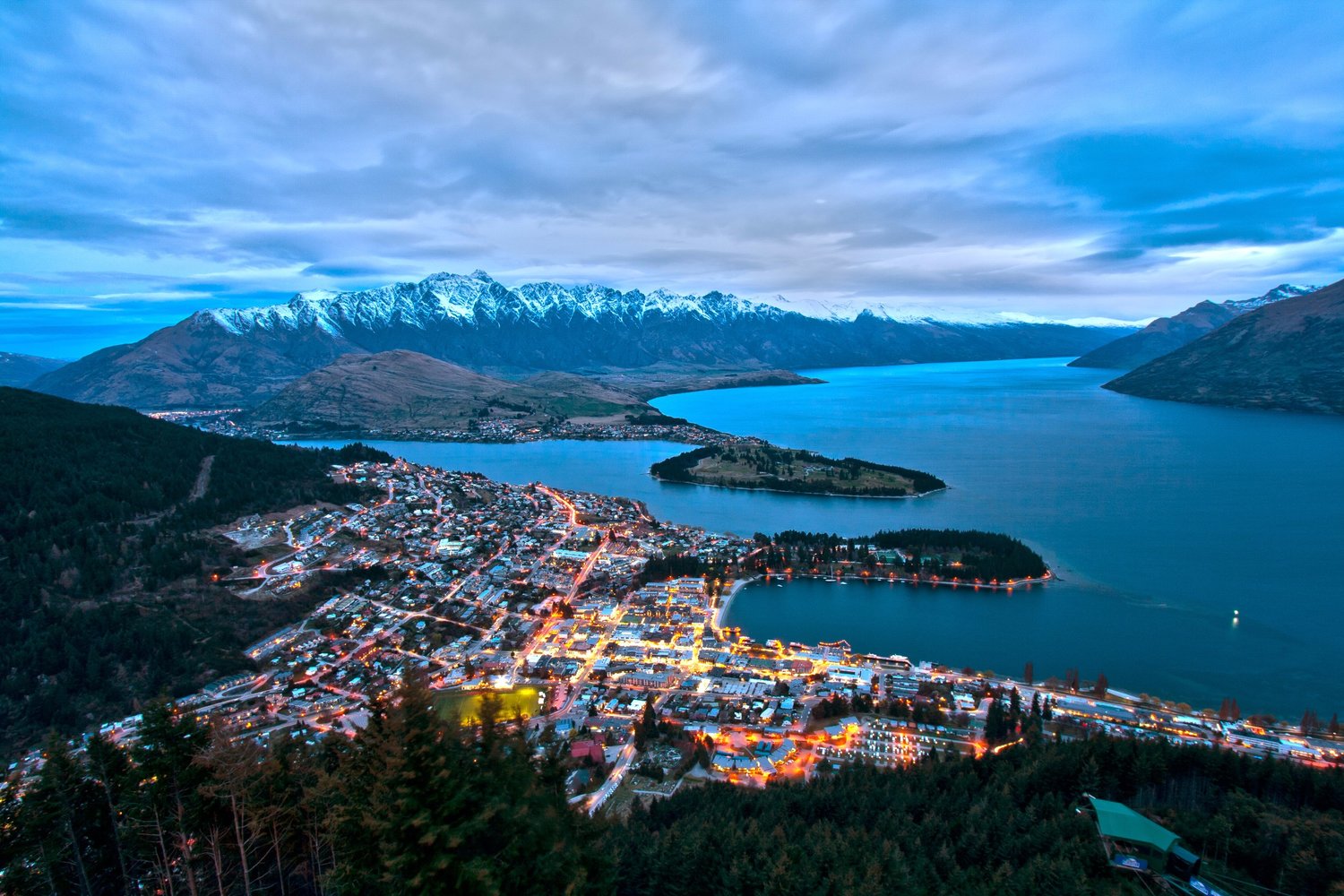
Queenstown
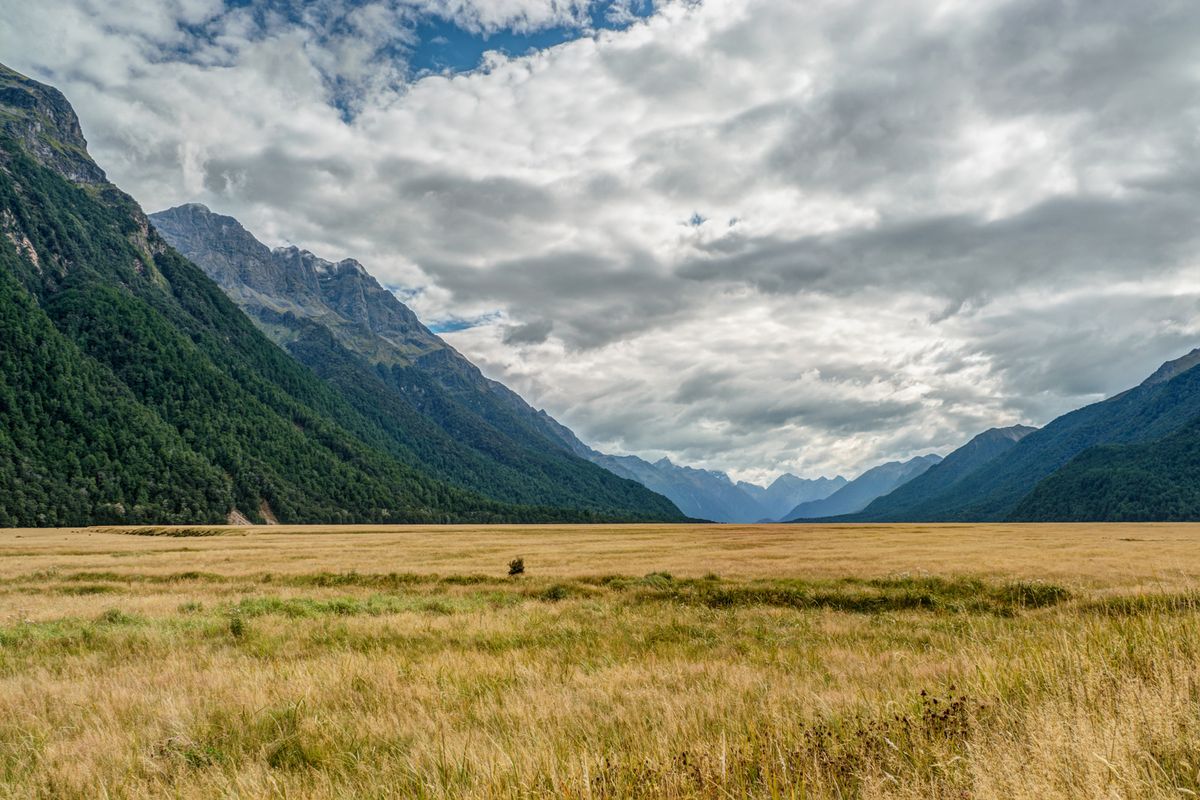
Eglinton Valley

Cascading Bowen Falls
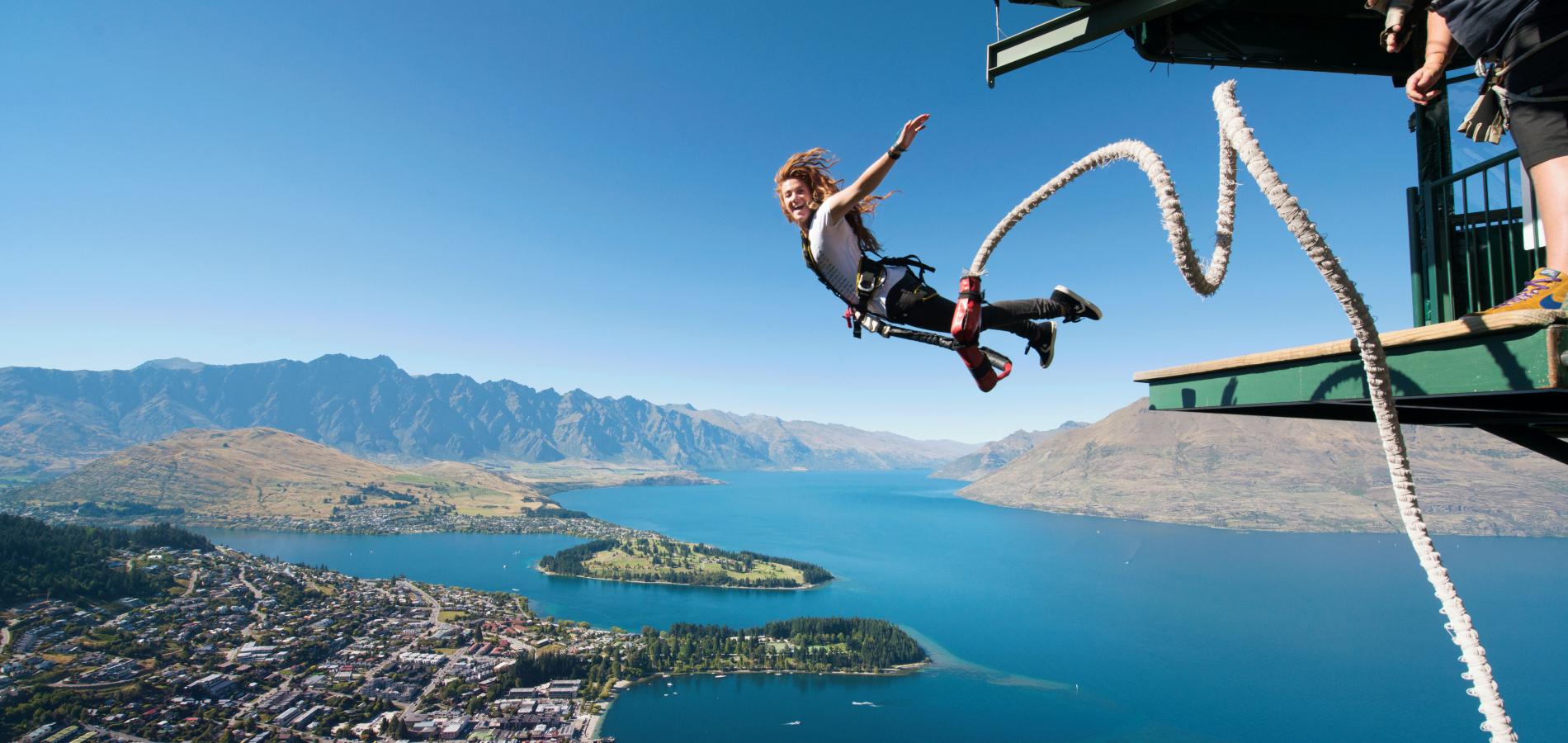
Bungy Jumping

jet Boating

White Water Rafting

Gondola Rides
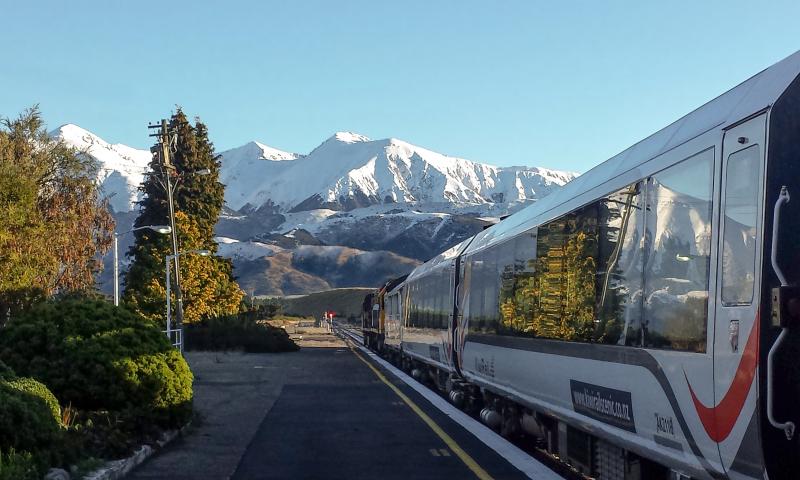
Tranz Alpine Train
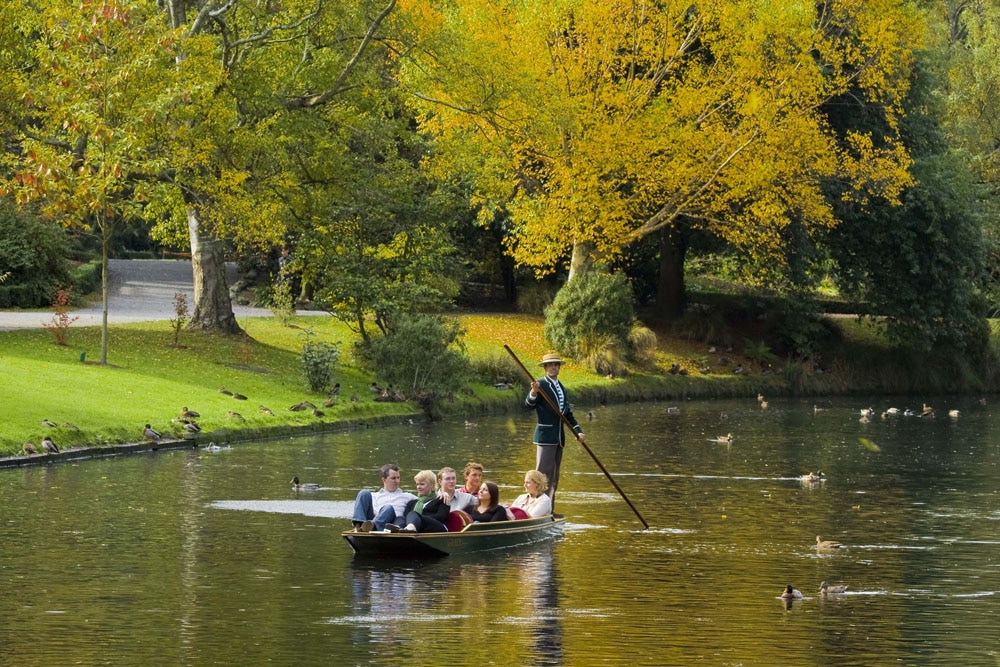
Garden City
Glacier Coastal Wonder - NewZealand
| Package Code: NHI250 |
| 7 Nights / 8 Days |
| Holiday Type International Holiday |
| Cities : 1 Christchurch, 1 Dunedin, 3 Queenstown, 1 Glacier Region, 1 Christchurch |
Send Friend
Enquire Now
Holiday Weather
JANUARY
Whats the Weather Like in Auckland in January
Auckland is situated on two large bays on New Zealands North Island. With a population of nearly 1.5 million people, it is the most populous city in New Zealand. Its location near the water and growing population means there are plenty of cultural events, outdoor activities and attractions to entertain visitors to Auckland. Better yet, January is the height of summer in the Southern Hemisphere and the warm, sunny days make this a particularly good time to visit the city.
Temperature
While January is summer in Auckland, the temperature normally remains temperate and comfortable. The average temperature for the month is only 20°C (68°F). Overnight the average low temperature can drop to a cool 17°C (63°F), and most visitors will want layers or a jacket to enjoy meals outdoors or certain outdoor activities.Certain afternoons can be hot and perfect for swimming or exploring the waterfalls just outside the city. However, the average high temperature for the month is only 23°C (73°F), which is better suited for hiking or sightseeing. Luckily, there are plenty of options in Auckland.
Sea Temperature
The bay water around Auckland is also warm during this summer month. The average sea temperature is 18°C (64°F) in December, but rises to 20°C (68°F) in January.
Sunshine
Days during the month of January are often sunny, with an average of 8 hours of sunlight per day, compared to 7 hours of daily sunlight in February and just 6 hours in March. The increased sunlight means January is not only the hottest month of the year, but also the sunniest.
Rain
Compared to other holiday destinations, Auckland receives a steady amount of rain each year. Visitors can expect that a couple days will have rain showers or be cloudy, as each month has around 15 rainy days. Like the other summer months of December and February, January receives relatively little rain. The monthly average is 30 mm of rain falling over 12 rainy days on average.
FEBRUARY
Whats the Weather Like in Auckland in February
New Zealands location in the Southern Hemisphere means the prime summer weather in Auckland ranges from mid-December through to mid-March. At this time temperatures are at their warmest and precipitation at its lowest. Given Aucklands location along the Tasman Sea and Pacific Ocean and low mountain ranges to the east, west and northwest, it is a city that truly thrives when locals and visitors can be outdoors. During the sunny month of February, visitors can see Auckland at its very best.
Rain
February is the driest month of the year in Auckland. While the winter months of June, July and August can have an average 18 rainy days in each month, on average there are only 10 rainy days in February. Visitors can expect an average 30 mm of precipitation to fall throughout February, which is similar to the other warmer months of December, January and March.
Temperature
The temperature is also pleasant and consistent from day-to-day in February. Most mornings and early evenings will hover around the average temperature of 20°C (68°F), while overnight the temperature often falls to the average low temperature of 17°C (63°F). Visitors will want to be prepared for the cooler evenings, even in this summer month, if you have plans to dine al fresco or walk along one of Aucklands great beaches.Midday usually brings warmer temperatures. However, despite the warmer sunshine, there is not much difference from the average temperature. The average high temperature only reaches 23°C (73°F).
Sea Temperature
Due to Aucklands mild summer temperatures, most visitors are drawn to the city for watersports and surfing, instead of swimming. However, the sea temperature in February does rise to 21°C (70°F), the warmest of the year, though many locals will hit the surf and sand on much colder days.
Sunshine
The bright sunshine in February also entices people outdoors and to the waterfront. There is an average 7 hours of daily sunlight during February, with only January having more daily sunlight over the course of the year. At other times of the year, Auckland receives as little as 4 or 5 hours of daily sunlight. Februarys longer, brighter days make it possible to enjoy Aucklands attractions, waterfront and parks longer and these places will be busier at this time of year.
MARCH
Whats the Weather Like in Auckland in March
While destinations in the Northern Hemisphere are approaching spring and the hope of warmer weather, Auckland, located in the Southern Hemisphere on New Zealands North Island, is experiencing its last days of summer. March is typically a month of mild weather, but with increased precipitation. As the month progresses visitors will notice that the evenings become cooler and the days are more likely to be overcast or rainy.After the consistent weather in February, the more unpredictable month of March can gift visitors with endless clear, sunny days or plague vacationers with late summer storms and crisp evenings. The seasons begin to change and throughout April and May the temperature will continue to drop and the number of rainy days increase.
Temperature
The average temperature in March is a comfortable 19°C (66°F), and while the afternoons can be warmer, the evenings and overnight can become considerably colder. Visitors should expect the average high temperature to be 22°C (72°F), and the average low temperature fall to 15°C (59°F), two degrees Celsius lower than the average low temperature in February.
Sea Temperature
Despite lower average temperatures, the sea temperature in the bays around Auckland remain warm and comfortable. At 21°C (70°F), many will still participate in water activities and water sports.
Rain
The autumn and winter months in Auckland see an increase in precipitation, in comparison to the summer. This is most apparent during the months of June and July, when the number of rainy days jumps to 18 days during those months and the ones to follow. March and April are a transition between the warmer, drier summer and the cooler, wetter winter.In March there is an average of 12 rainy days throughout the month and an average 40 mm of precipitation. This is an increase of 10 mm of precipitation from January and February.
Sunshine
Days in March can be clear and sunny; perfect for Aucklands many outdoor activities. However, as the Southern Hemisphere moves from summer to winter, the days are becoming shorter and March only has an average 6 hours of daily sunlight. Shorter, less sunny days is a trend that will continue until the equinox in June.
APRIL
Whats the Weather Like in Auckland in April
The weather in Auckland during the month of April is unpredictable and often changing hour-to-hour and day-to-day. There are days of constant sunshine and favourable temperatures, other days can be dreary. However, as New Zealands most populous city, there are still many events and activities that coincide with the arrival of autumn.The end of March is often seen as the definitive end of summer in Auckland, but the autumn month of April can still have glorious days that are perfect for being outdoors or on the water. Visitors should come prepared for the rain, but can hope for the best for an April holiday in Auckland.
Rain
Each April Auckland receives an average 40 mm of precipitation and there are an average 15 rainy days throughout the month. Given that winter in Auckland is historically wetter than the summer months, visitors can expect the amount of precipitation and number of rainy days to continue to increase throughout the upcoming months.
Sunshine
The increased rain and overcast skies, along with shorter days, means there are less daily hours of sunlight as well. While March has an average 6 hours of daily sunlight, the month of April drops to an average 5 hours of daily sunlight.
Temperature
The average temperature remains temperate, yet cool, at 17°C (63°F). On overcast or windy days the temperature can feel much lower than what is read on the thermometer, and visitors are encouraged to prepare with layers and appropriate rain attire.The average high temperature settles at 20°C (68°F), while overnight the temperature can drop much lower, and the average low temperature dips to 13°C (55°F). April is the usually the last month of outdoor dining and seaside cafes open in Auckland.
Sea Temperature
Autumn in the Southern Hemisphere also means the sea temperature begins to fall. However, unlike the air temperature, which can become brisk and cold overnight, the sea temperature only decreases slightly from March to April. The average sea temperature in April being 20°C (68°F), compared to Marchs average temperature of 21°C (70°F).
MAY
Whats the Weather Like in Auckland in May
The month of May is the last month of autumn in Auckland. During this crisp and cool month, destinations in the Southern Hemisphere are looking towards winter and cold temperatures, and Auckland is no exception. Winters in New Zealand are notoriously cold with many places receiving snow throughout the winter. In many cities and towns, including Auckland, activities begin to shift from the water to the mountains and indoors as the precipitation continues to increase and the days grow ever cooler.
Sea Temperature
Aucklands location on two large bays means many activities and occupations in the city focus on the water, however as winter approaches the sea temperature becomes chillier. The average sea temperature for the month of May is 18°C (64°F). While this is colder than the summer sea temperature of 21°C (70°F), the water temperature is falling slower than the air temperature and on certain days the water might be warmer than on land.
Temperature
May is the first month that the temperature begins to drop rapidly. The average temperature falls from 17°C (63°F) in April, to 14°C (57°F) in May.Likewise the average low temperature continues to fall quickly throughout the month. The average low temperature of 11°C (52°F) means that at this time of year evenings, overnight and early mornings in Auckland are cool and require extra layers. The average high temperature is a mild 17°C (63°F).
Rain
Also, throughout the month of May there is a jump in the amount of precipitation in Auckland. The earlier autumn months of March and April each receive an average 40 mm of rain, while, historically, May receives an average 50 mm.
Humidity
The humidity also climbs in May, reaching 85%. This increased amount of precipitation will continue throughout the winter months of June, July and August.
Sunshine
May has an average of just 5 hours of daily sunlight, as the Southern Hemisphere approaches the equinox in June and the shortest days of the year. Meanwhile, there are more rainy days throughout the month than in previous months. May has an average 17 rainy days, and visitors should be prepared with good rain gear.
JUNE
Whats the Weather Like in Auckland in June
The falling temperatures and increased precipitation that characterised the autumn months in Auckland continue in the city through the first month of winter, June. While destinations in the Northern Hemisphere are finally finding summer, cities and resorts in the Southern Hemisphere, like Auckland are prepared for winters arrival. The winter on the North Island of New Zealand and southern Australia is known to be overcast, but throughout the month of June there are still days filled with sunshine.
Temperature
The average temperature continues to decrease from May and into June. Like the proceeding months, the days earlier in June are likely to be warmer than those at the end of the month, however unlike the autumn months the variable is smaller. Compared to other destinations June in Auckland remains temperate and bearable. The average temperature for the month of June settles at 12°C (54°F).When the sun does shine the city of Auckland quickly recovers its upbeat attitude and despite the cooler weather, many people will head for the surf or dine al fresco. It is these warm afternoons that cause the average high temperature to be 14°C (57°F) for the month of June.Overnight, when the sun is no longer warming the seaside city, the temperature does drop. The average low temperature for June is 9°C (48°F).
Sea Temperature
It is not unusual for the sea temperature to be warmer than the air temperature at this time of year. The bays around Auckland still remain warm from the long gone summer sun. In fact, while the average temperature is 12°C (54°F) on land, the water remains at an average temperature of 16°C (61°F)!
Sunshine
The month of June has the fewest hours of daily sunlight of the year with an average 4 hours a day. This is caused in part by the short days and early sunsets, but also due to the amount of precipitation that usually occurs during the month.
Rain
June receives an average 50 mm of precipitation throughout the month, with only the month of July receiving more at 60 mm. Throughout the month there are an average 18 rainy days, which means visitors should be prepared for precipitation and overcast skies.
JULY
Whats the Weather Like in Auckland in July
Throughout the Southern Hemisphere the months of June, July and August make up the winter season. Of these three month, July is often the pinnacle of winter, and in Auckland it is no different. While Aucklands climate tends to remain temperate, particularly compared to other parts of New Zealand and many destinations in the Northern Hemisphere, the month of July has both the coldest temperatures and the most precipitation of any month throughout the year. In a city built on the water, surrounded by maritime history and modern day nautical enterprise, the month of July is a quieter and calmer time in Auckland. Many of the sports and activities that locals love take place on the water, and less people are willing to brave the chilly air and cool waters to participate. However, the bays around Auckland remain relatively temperate throughout winter, and it is not uncommon to see Kiwis going for an afternoon swim, rowing or surfing in the brisk water.
Sea Temperature
Even in July, the average sea temperature remains at 15°C (59°F), just one degree below the average temperature in June.
Temperature
The air temperature is also crisp, but comfortable throughout the month of July. The average temperature only falls slightly, but steadily, from April through May and June. In July it settles at its coolest point, an average 11°C (52°F).The average high temperature for the month is 14°C (57°F) and the average low temperature for the month is 8°C (46°F), with the overnight temperatures often being brisk and requiring a jacket.
Rain
July also receives more precipitation than any other month. Auckland receives an average 60 mm of rain during the month of July and visitors can expect a few cloudy and overcast days as there is an average 18 wet days over the course of the month.
Sunshine
However, the days are finally growing longer and despite the rain, the average hours of daily sunlight increases from just 4 hours in June to an average 5 hours throughout July.
AUGUST
Whats the Weather Like in Auckland in August
The weather during the month of August can be confusing. Overall, the month is characterised by rising temperatures, longer days and more sunlight than in June and July. However, it is definitely still winter in Auckland, albeit a relatively mild winter compared to other cities around the world. While the prospect of spring is on the horizon, visitors to Auckland during August should be prepared for the crisp days and frequent precipitation that can occur throughout the month.
Rain
The month of July is the wettest month of the year in Auckland, but the other winter months of June and August are not far behind. Throughout August, Auckland receives an average 50 mm of precipitation over an average of 18 days throughout the month. This high number of wet days means visitors should pack rain attire and be prepared to explore the city or surrounding areas, despite some precipitation.
Sunshine
The overcast skies also mean the average hours of daily sunlight is lower during this month than at other times of the year. While Auckland can have an average 8 hours of sunlight during the height of summer in January, August only receives an average 5 hours of daily sunlight.
Temperature
The sign that spring is around the corner is the slight increase in average temperature. The average temperature rises to 12°C (54°F), from the lowest average temperature of the year in July at 11°C (52°F).Likewise the average high temperature also increases in August to 15°C (59°F). Meanwhile the average low temperature does not change from July to August and remains at 8°C (46°F).
Sea Temperature
The sea temperature also remains stagnant from July to August. It is at the lowest point of the year with an average temperature of 15°C (59°F), often warmer than the air temperature during the winter months.
SEPTEMBER
Whats the Weather Like in Auckland in September
September signals the arrival of spring in Auckland. Throughout Oceania and the Southern Hemisphere, cities are experiencing the arrival of warmer weather and drier conditions. Like Auckland, cities such as Wellington, Melbourne, Adelaide and Christchurch are thawing from relatively cold weather, green leaves are appearing on trees and bright sunshine overhead. The atmosphere in September is upbeat and vibrant, as locals know that the warming temperatures are only going to improve over the coming months. Despite the excitement for spring weather, the month of September can still be unpredictable. Across New Zealand, spring weather can hit opposite ends of the spectrum, from sunny and hot one day to frosty and blustery the very next. Uncertainty with the weather means visitors will want to be prepared for many different temperatures and weather forecasts.
Temperature
The temperature gradually increases over the course of September. The average temperature for the month is a cool 13°C (55°F).The average high temperature is just slightly warmer than the average temperature at 16°C (61°F), and daytime, even the warmest time of day, often remains crisp during September.Many backpackers and travelers to New Zealand love to travel by campervan, and as the temperatures warm this is a great way to visit towns, cities and rural areas. However, in September the overnight the temperature becomes cold, with an average low temperature of 10°C (50°F).
Sea Temperature
Despite the arrival of spring, the sea temperature does not rise during the month of September. Like the months of July and August, the average sea temperature remains at 15°C (59°F).
Sunshine
Many days remain overcast and rainy during the month of September. Visitors should be prepared for occasional storms and unexpected downpours in this month. Given the many overcast and cloudy days, there is an average 5 hours of daily sunlight and an average 16 rainy days.
Rain
Despite the number of rainy days, there is less overall precipitation during September. Visitors should expect an average 40 mm of rain throughout the month.
OCTOBER
Whats the Weather Like in Auckland in October
The month of October brings a warmer and more predictable climate to Auckland. Spring has definitely arrived with consistent sunshine and temperatures. Spring in Auckland, and most of New Zealand, tends to be mild and pleasant, but not hot. Visitors will still want to come prepared with layers and protection from the rain. However, the harbours and surrounding ranges regain life and once again locals and visitors are ready to take advantage of Aucklands natural wonders.
Temperature
Throughout October the temperature continues to steadily rise. Visitors can expect that from day-to-day there might be dips in the daily temperature, but from the start of October to the end of October the weather will become more pleasant and warm. The average temperature for the month is 15°C (59°F). Spring evenings and overnight in Auckland is still cool. The average low temperature falls to 12°C (54°F). Meanwhile, afternoons can be very warm due to the strong sunlight.
Sunshine
The sunlight is bright during the Auckland spring, and there are an average 6 hours of daily sunlight, which raises the average high temperature to 17°C (63°F).
Rain
Despite the more favourable temperatures during the month of October, there are actually more rainy days than in the September. With 17 rainy days throughout the month, October experiences as many days with precipitation and overcast skies as the autumn month of May. Visitors should prepare for afternoon storms, and on occasion, full days of rain.Over these 17 days, October receives an average of 40 mm of rain. November will also receive a similar amount of precipitation, but the summer months of December, January and February will be drier.
Sea Temperature
Given Aucklands location on 2 large bays, it is not a surprise that a lot of life in Auckland centers on the water. From surfing, to kite surfing, to lazy days at the beach, locals in Auckland cannot wait to be in the water during the warmer months. In October the average sea temperature rises to 16°C (61°F); a preview of warmer water to come during the summer.
NOVEMBER
Whats the Weather Like in Auckland in November
November in Auckland is known to be sunny and pleasant. This month ushers in the glory days of spring, when everyone can feel that summer is on the horizon. Certain November days, when the sun is bright and the sky cloudless, temperatures can warm to those of mid-summer. It is an exciting time to visit the city, as the wharfs are busy and the famous walks of New Zealand, many of which are accessible from Auckland, are open and ready for exploration.
Sunshine
As the sea breeze calms, the city of Auckland comes to life. With an average 6 hours of daily sunlight, the days are becoming longer and brighter. Most locals take this as a cue to hit the water or the trails and be outside.
Sea Temperature
Visitors should follow suit and take advantage of sea temperatures that rise to an average 17°C (63°F) during November, as well as, average daily temperatures that hit 16°C (61°F).Comfortable and temperate, the month of November is an ideal time to be active in Auckland. While the months of September and October can still have unpredictable and uncertain weather. No matter what sport or activity you enjoy, there will be an opportunity to take part under the clear Auckland sky.
Temperature
There are still considerable differences between the average high temperature and average low temperature during the month. The average high temperature rises to 19°C (66°F), while the average low temperature hovers at a cool 13°C (55°F). Those on holiday should prepare with layers and jackets for after sunset.
Rain
Known as sunny and beautiful, historically the month of November still has rainy days half of the days throughout the month. With an average 15 rainy days, it is always possible that visitors will have a few showers or storms while on holiday in Auckland. The city receives an average 40 mm of rain during the month.
DECEMBER
Whats the Weather Like in Auckland in December
December is often a month associated with crisp holiday evenings, cold temperatures and snow. However, in Auckland the month of December ushers in the first month of summer. The beaches and harbours become more crowded as the temperature rises, and Aucklands neighborhoods become lively with outdoor dining and long weekend brunches. It is a month of increased sunshine and temperatures, with a corresponding decrease in precipitation – a great time for visitors!
Sunshine
The stronger sunlight and fewer overcast days mean the average hours of daily sunlight goes up from November to December. While the spring months of October and November have a consistent average 6 hours of sunlight per day, December has an average 7 hours.
Temperature
As well, the average temperature continues a slow, steady climb throughout the month of December. The average temperature for the month is a mild 18°C (64°F). As summer continues in January and February, the average temperature will only become slightly higher at 20°C (68°F). The average high temperature is 21°C (70°F). Meanwhile, the overnight low temperature can still be crisp. The average low temperature for December remains at 15°C (59°C). Such colder overnight temperatures are common across New Zealands North Island, including in Wellington and in other Oceanic cities such as Melbourne, Australia.
Sea Temperature
The sea temperature in both the Pacific Ocean and Tasman Sea, which both border the city of Auckland, is also warming. However, the average sea temperature for the month is only 18°C (64°F), and most visitors who plan to participate in watersports or surfing will want a wetsuit.
Rain
The summer months are drier than the winter months, and in December the average amount of precipitation is 10 mm less than in September, October and November. The month of December receives an average 30 mm of precipitation, which is similar to what visitors should expect in January and February as well. There are an average 14 rainy days during the month.
Similar Holidays
2 Christchurch, 3 Queenstown, En-route Mt Cook
5 Nights / 6 Days
2 Auckland, En-route Waitomo, 2 Rotorua, 4 Queenstown, 2 Franz Josef, 1 Christchurch
11 Nights / 12 Days
2 Auckland, 2 Rotoua, 2 Christchurch, 2 Franz Josef, 3 Queenstown
11 Nights / 12 Days
2 Christchurch, 2 Franz Josef, 3 Queenstown
7 Nights / 8 Days
01 Auckland, 02 Bay of Islands, 01 Auckland
4 Nights / 5 Days
01 Auckland, 02 Rotorua, 01 Auckland
4 Nights / 5 Days
1 Auckland, 2 Rotorua, 2 Napier, 1 Wellington
6 Nights / 7 Days
1 Auckland, 2 Coromandel, 1 Tauranga, 2 Rotorua, 1 Auckland
7 Nights / 8 Days
1 Christchurch, 3 Queenstown, 1 Christchurch
5 Nights / 6 Days
1 Christchurch, 1 Dunedin, 1 Te Anau, 2 Queenstown, 1 Christchurch
6 Nights / 7 Days
1 Christchurch, 3 Queenstown, 1 Glacier Region, 1 Christchurch
7 Nights / 8 Days
1 Christchurch, 1 Dunedin, 3 Queenstown, 1 Glacier Region, 1 Christchurch
7 Nights / 8 Days
Blog & Related Information
Copyright © 2024 Nomads Holidays. All Rights Reserved.


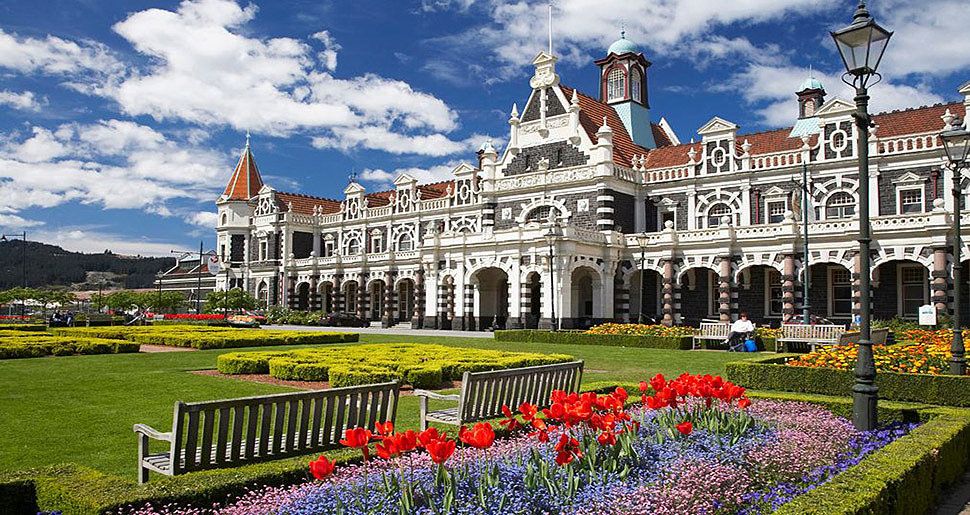




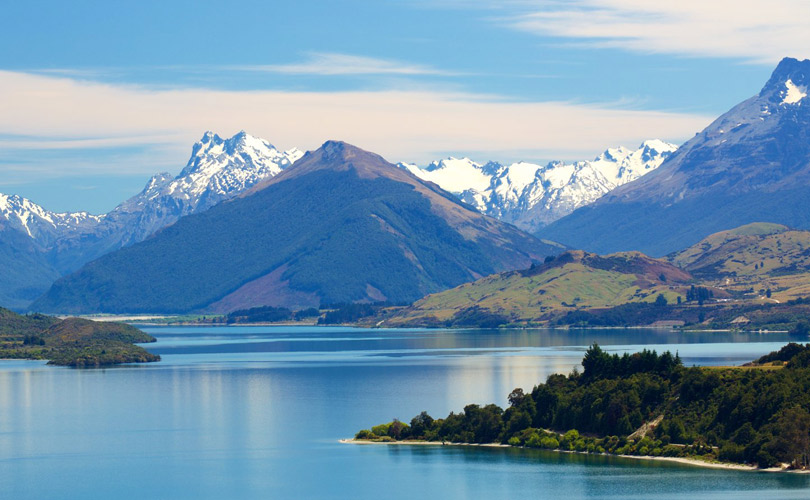
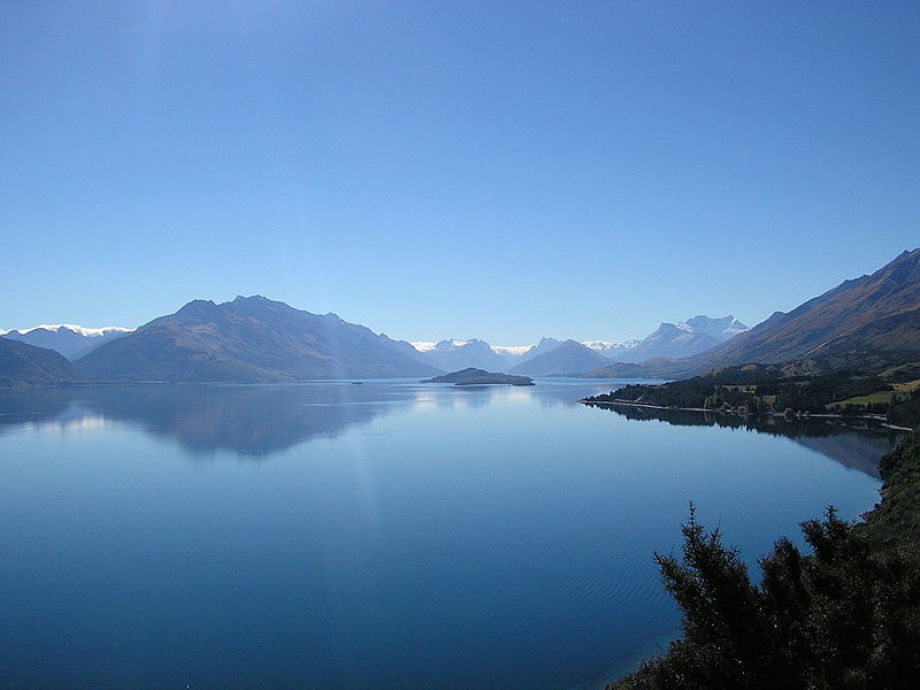
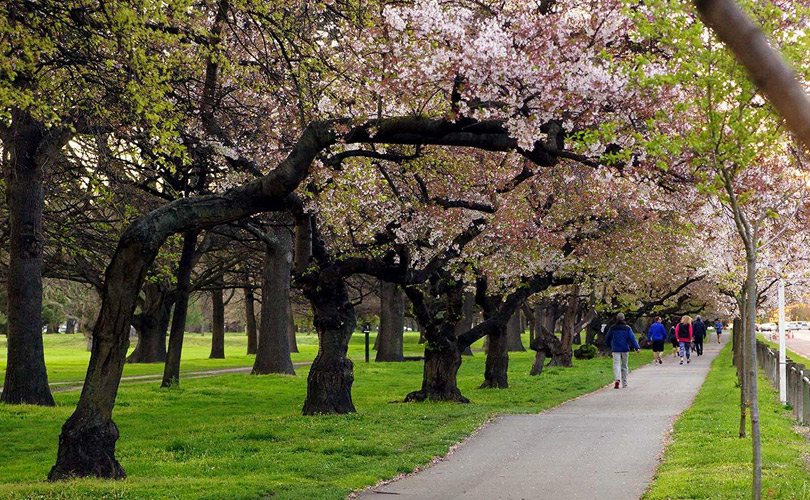
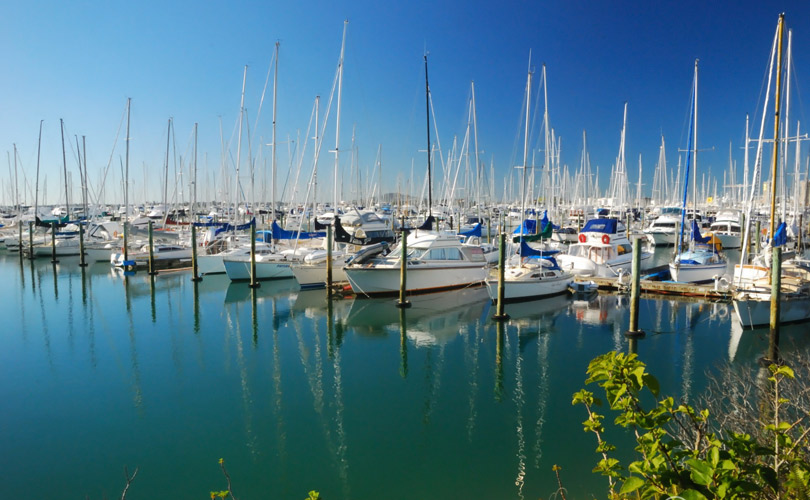
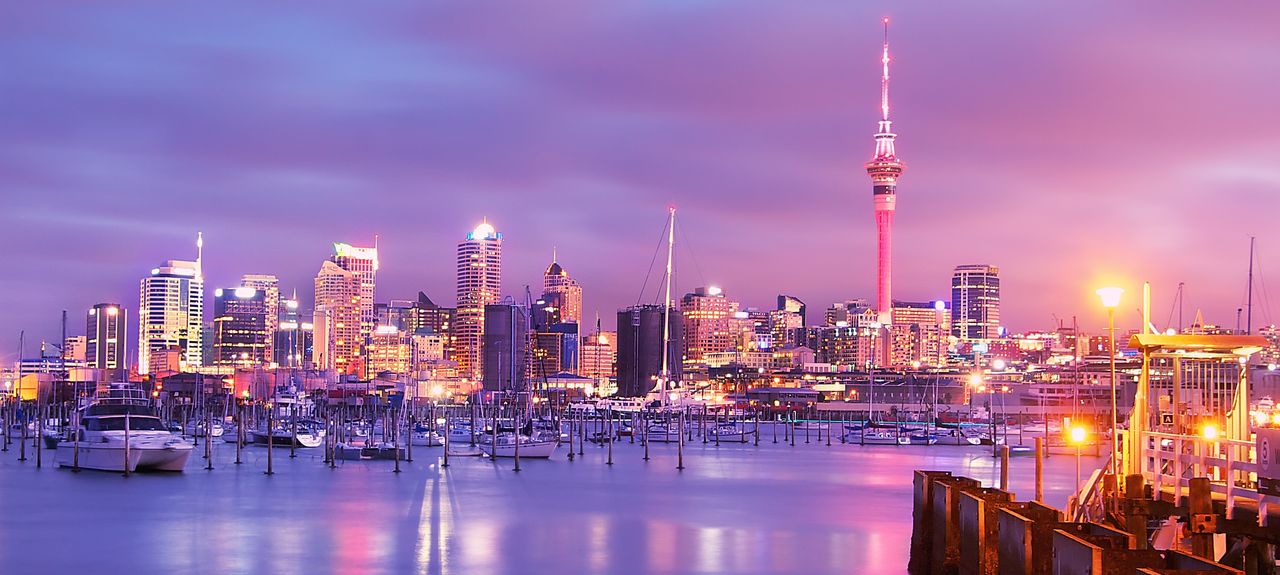
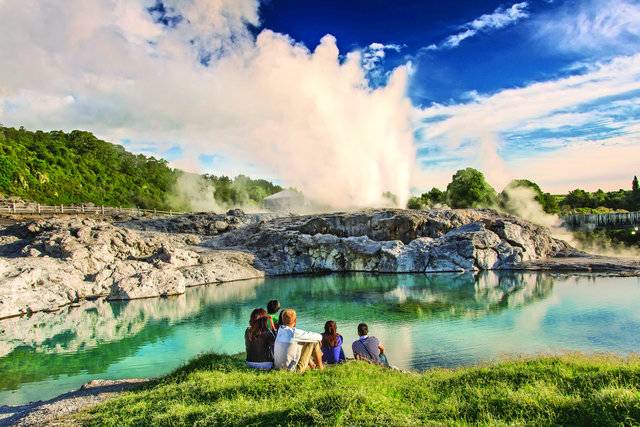
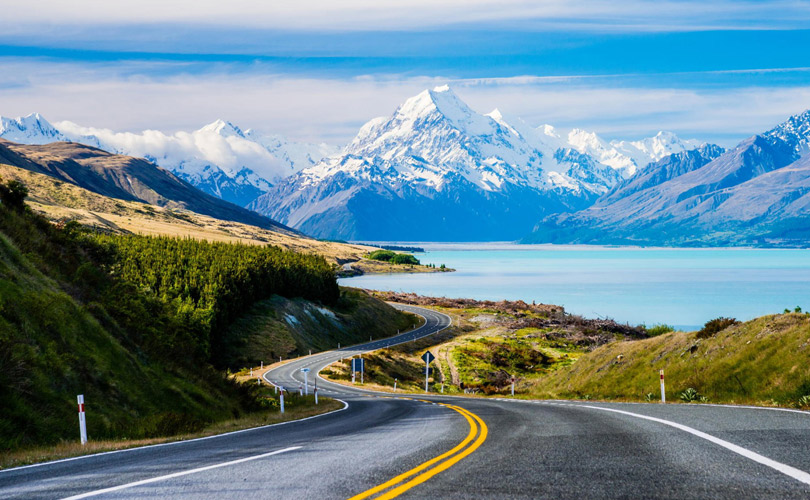


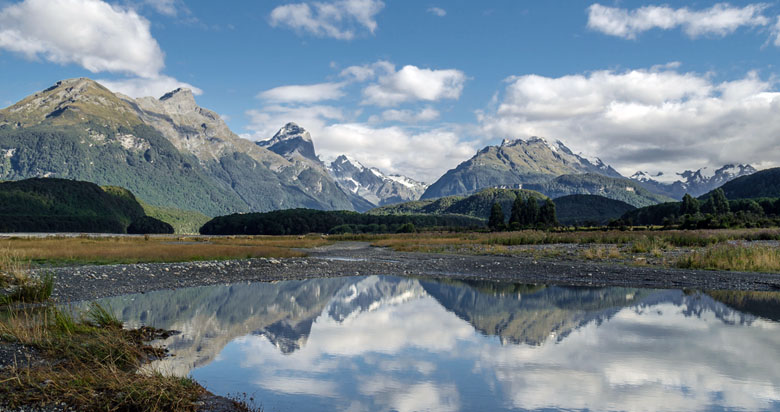
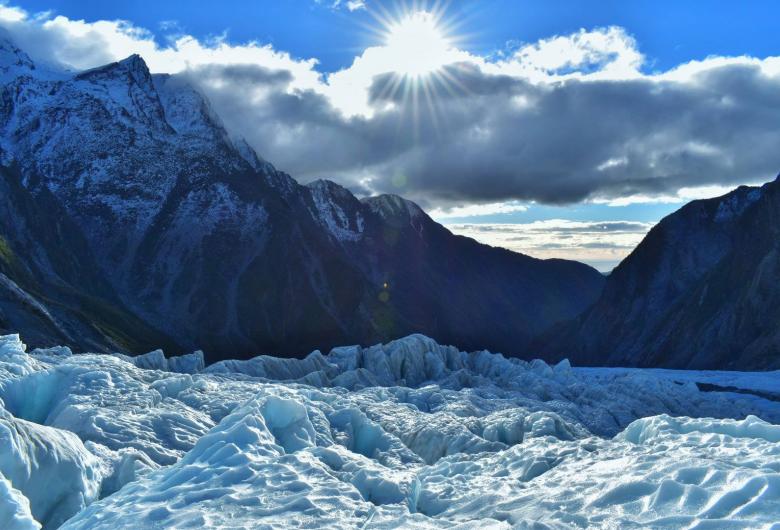
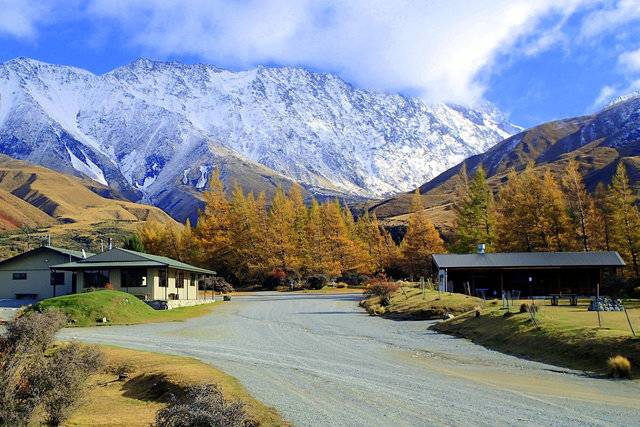
Payment Policy
Cancellation Policy
Refund Policy